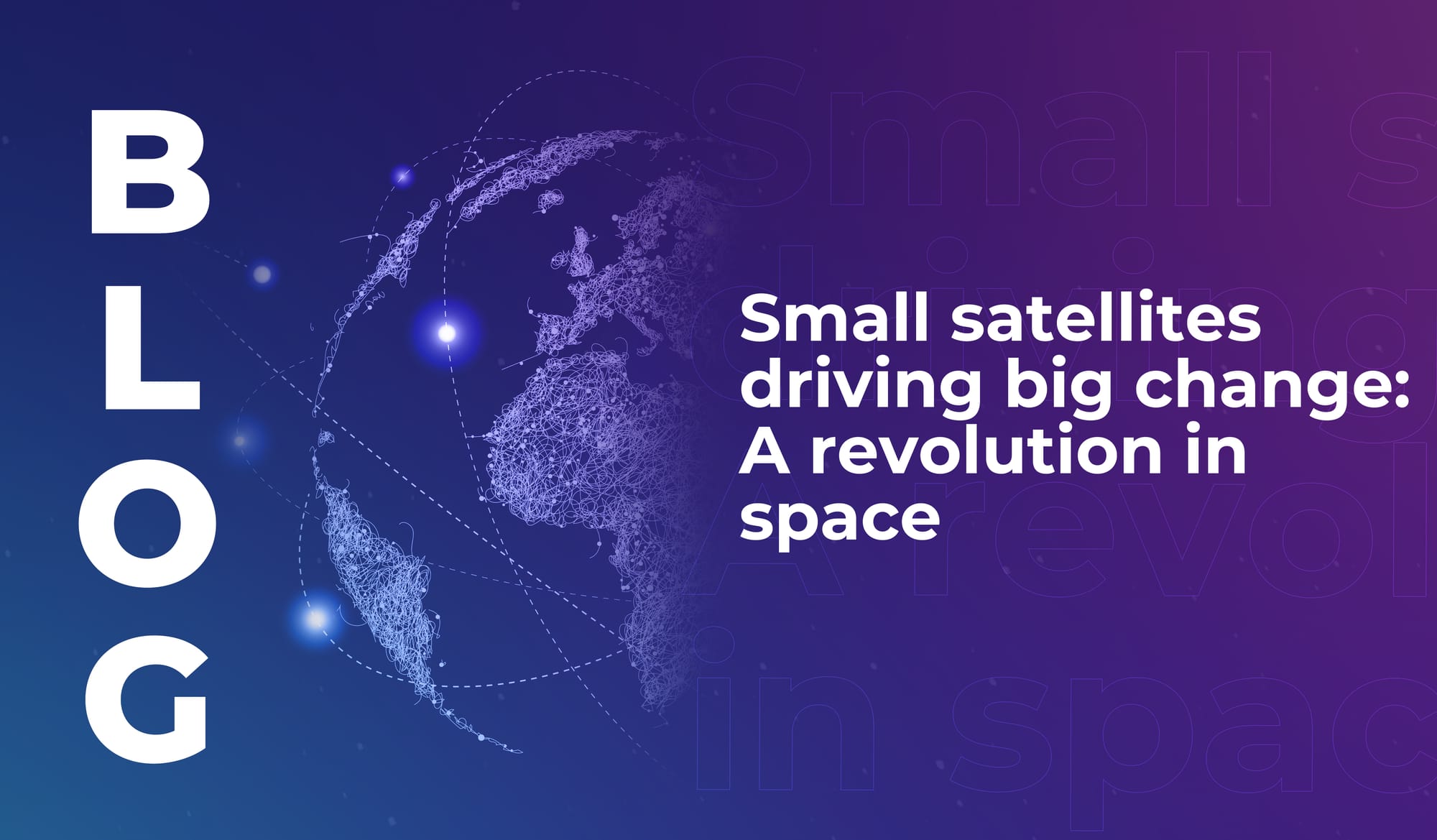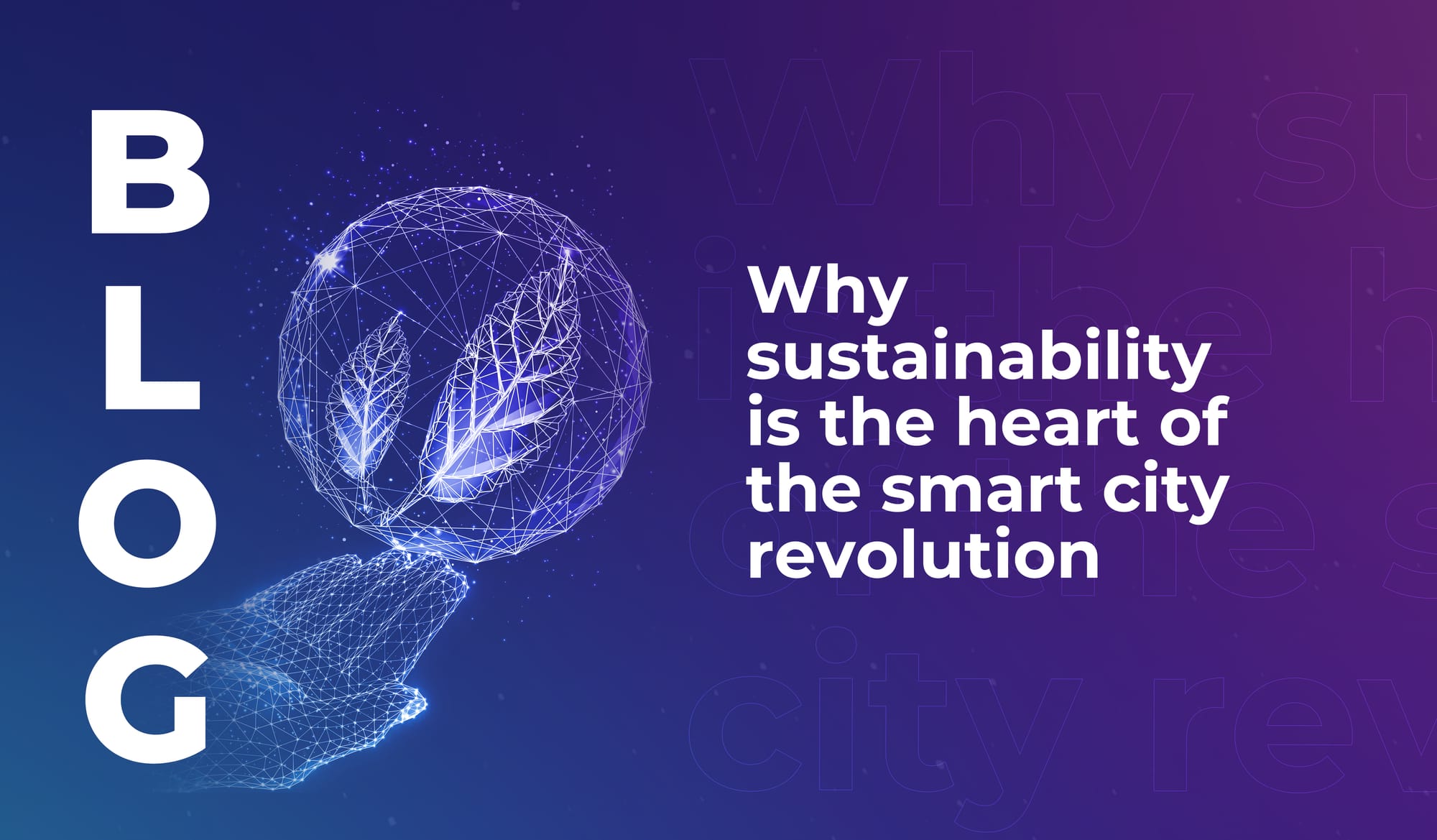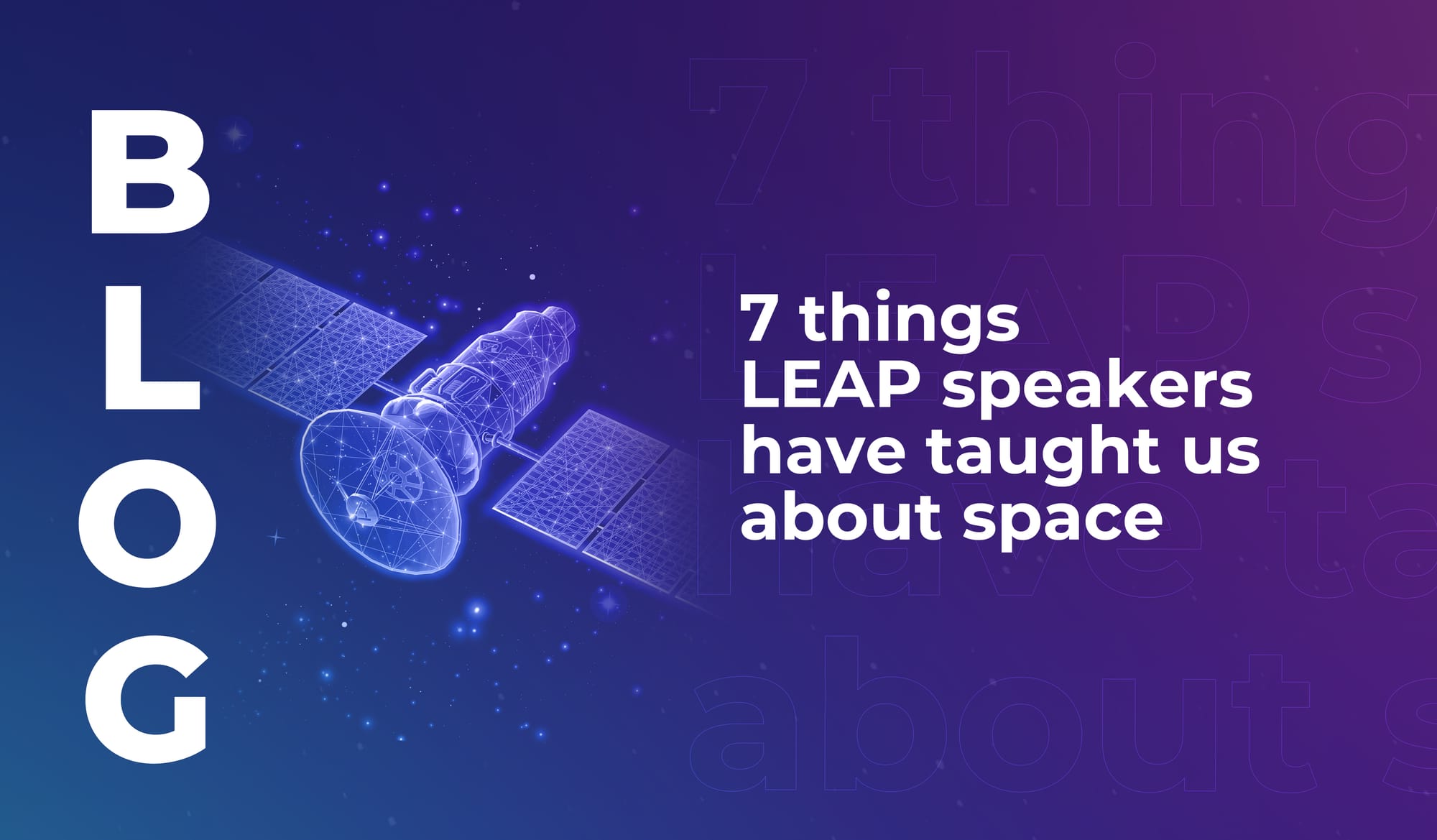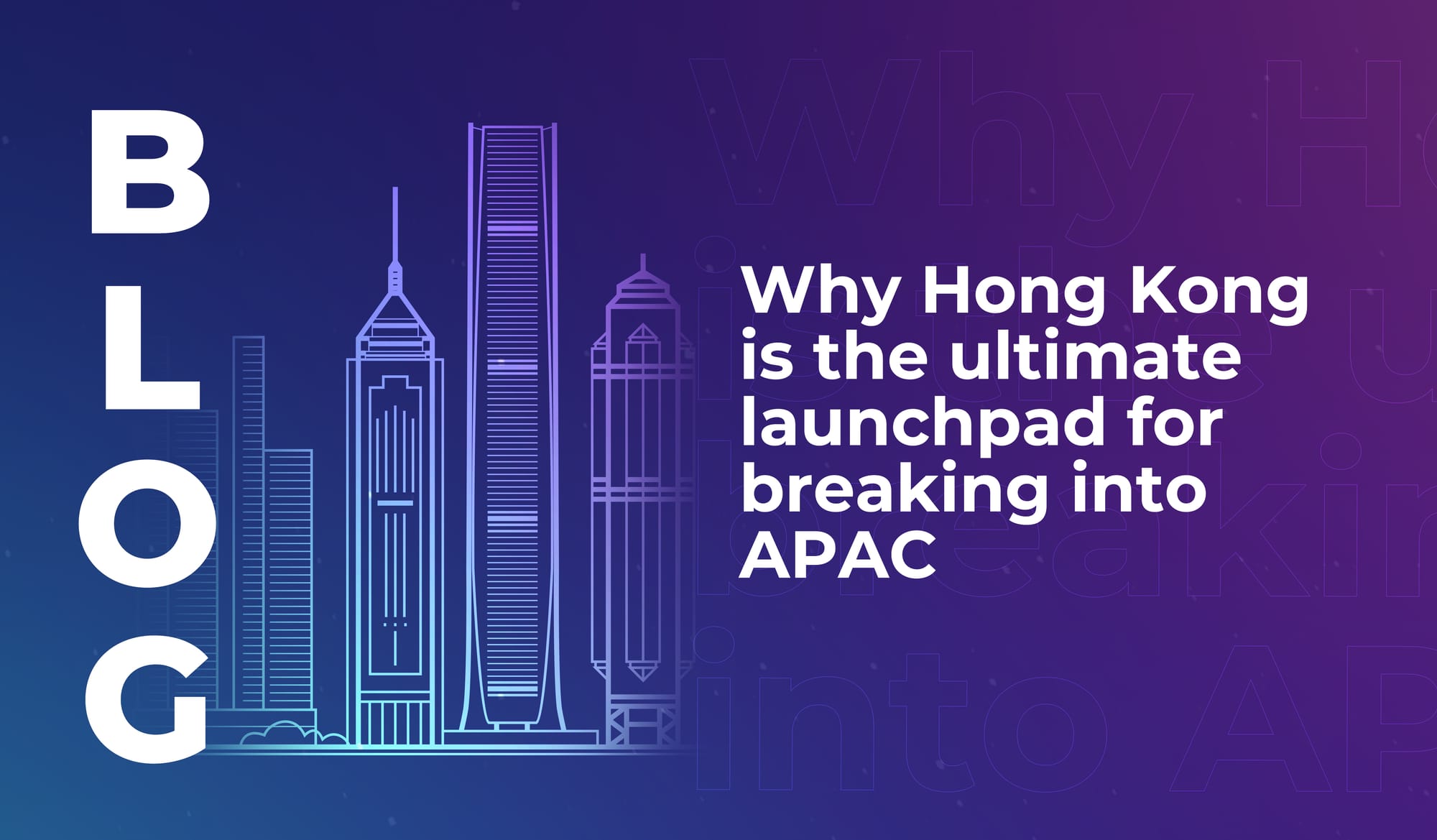
Small satellites driving big change: A revolution in space
How miniaturisation is transforming space tech – from student-built satellites to global innovation networks orbiting above us.


You can’t always see sustainability. Apart from electric buses gliding silently down clean streets, much of the work to make a city sustainable happens in less obvious ways. A truly smart city balances innovation with environmental responsibility, and the latest research shows why that matters more than ever.
Urban areas consume most of our planet’s resources. More than 75% of global energy is used in cities, which are responsible for 70% of greenhouse gas emissions – even though they cover only 3% of the Earth’s surface.
As more of us migrate to urban centres (estimates from the UN suggest 70% of the global population will live in cities by 2050), it’s incredibly important that we reduce those urban emissions and work towards lower-impact ways to live in highly populated communities.
And smart city tech can do that. Analyses by McKinsey, for example, suggest smart deployments can slash greenhouse gases by 10–15%, cut water use by 20–30%, reduce solid waste by 10–20%, and slash building energy consumption by up to 30%.
Green infrastructure in urban settings looks and feels good, and it’s also a powerful way to reduce pollution, and the shade and evapotranspiration provided by strategic green space and planting can cool city temperatures – which, in turn, lowers urban energy use.
Real-world examples back this up. In Kochi, India, the 339 trees in Subhash Bose Park provide cleaner air, prevent flooding, and save nearby buildings 13,400 kWh in annual energy use.
Measuring the impact of green infrastructure through smart tech monitoring proves the value of greener city initiatives; just one of the ways in which sustainable smart city strategies blend tech and eco goals.
In Europe, integrated smart energy systems (like renewable grid patches and smart street lighting) have cut CO₂ emissions and energy costs significantly; and in China, smart city pilots have dropped per-capita emissions by up to 18.4% in some areas.
Another success is in Chandigarh, India: rooftop solar arrays now reportedly produce 117 million kWh annually, avoiding about 80,000 tonnes of CO₂ per year and saving ₹60 crore in energy costs.
When we spoke to Kris Libunao (Executive Director & Chief Sustainability Officer at SmartCT), she articulated the urgency like this:
“I believe that sustainability is the secret ingredient in smart city development. At the end of the day, it all comes down to ensuring that we employ cutting-edge technology and construct cities and communities in a way that enhances our quality of life, protects the environment, and ensures that everyone has an equal opportunity.
“The real kicker is that if we don't prioritise sustainability, we can wind up doing more harm than good.
“The path to sustainability in smart cities is not easy. We must alter our mindsets, increase awareness, and manage complex systems. This is why sustained collaboration at the onset of any smart city project is crucial.”
The pivotal word in that sentence is ‘onset’. Sustainability strategy needs to be factored into smart city development at every stage of planning, design, and delivery; co-created by planners, citizens, and corporations together.
Are you developing smart city tech, or collaborating with technologists to create smart city solutions? Your work has the potential to reshape urban life with lower emissions, cleaner air, resilient infrastructure and more equitable communities. But to do that, everyone working in the smart city space needs to look beyond what they already know – and take in perspectives from a wide range of innovators and stakeholders.
Tech isn’t enough to make urban landscapes that work for people and the planet. We need that tech to support a healthier and greener future for people across all economic and social demographics.
Libunao said:
“LEAP was a great networking platform. I was able to meet with specialists in the field, and influential experts in my field. It’s a great event where I was able to share my ideas, gain knowledge from others' experiences – and I even identified possible partners for future initiatives.”
Join us at LEAP 2026 to connect with the people who are driving the development of sustainable smart city tech.

How miniaturisation is transforming space tech – from student-built satellites to global innovation networks orbiting above us.

Seven lessons from LEAP’s space speakers on perspective, creativity, and connection – showing how space thinking transforms life on Earth.

Hong Kong offers unmatched access to APAC, combining connectivity, capital, innovation, and stability, making it the ideal launchpad for LEAP East.

How miniaturisation is transforming space tech – from student-built satellites to global innovation networks orbiting above us.

Seven lessons from LEAP’s space speakers on perspective, creativity, and connection – showing how space thinking transforms life on Earth.

Hong Kong offers unmatched access to APAC, combining connectivity, capital, innovation, and stability, making it the ideal launchpad for LEAP East.